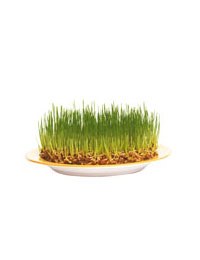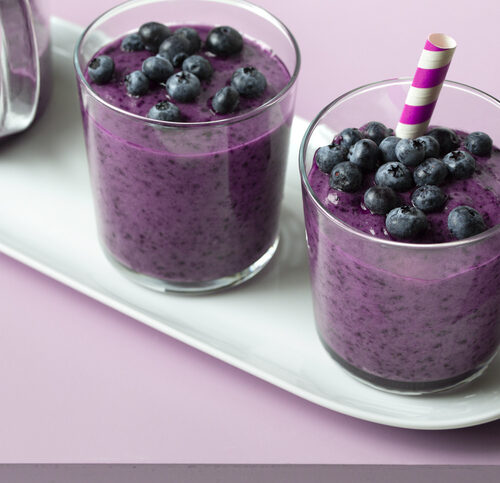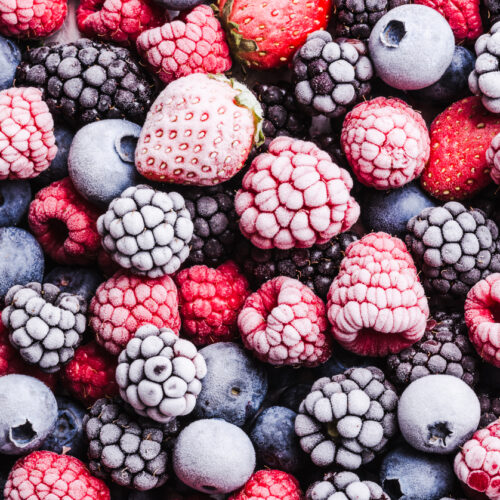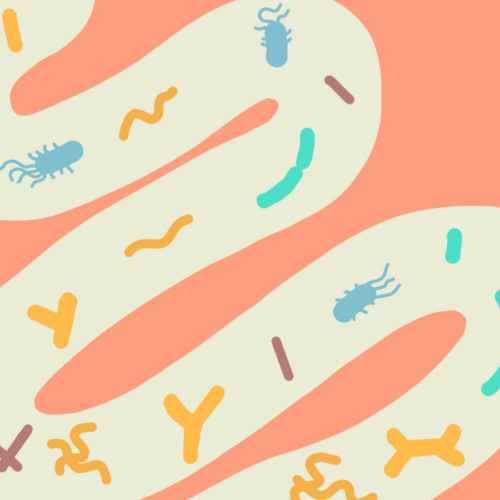
Q: "Are wheat and barley grasses digestible? I am a food technology teacher and have been explaining to the students that humans don't have enzymes in our stomachs to digest grass, but I have noticed a lot of advertising for the nutritional benefits of wheat and barley grass."
GeorginaA: Caroline Gunn, director of Food Safety Services Ltd in Napier, explains:
"Wheat and barley grass are varieties of grass grown for nutritional purposes indoors, in trays, in warm conditions, for approximately 10 days. The young grass is then squeezed into fresh juice. Because of the quick growth, the plants (and consequently the juice) have a high percentage of simple sugars, which have not had time to convert to complex carbohydrates.
You are right in that humans do lack the enzymes necessary to break down grass; however, this is due to the complex carbohydrate cellulose in the green plants. In the case of the nutritional products made from the young wheat and barley grass, we can absorb the simple sugars as well as the vitamins and minerals.
The nutrient profile of green cereal plants changes quickly as they grow. In the early stages they are closer in composition to that of dark green leafy vegetables, and as the plant grows the chlorophyll, protein and vitamin content declines and the levels of cellulose (indigestible fibre) increases – hence the need to harvest by 10 days.
If you look on the internet you'll find some extreme claims made about the nutritional value of wheat or barley grass juices that cannot be supported by any evidence. A fresh green leafy salad will give you similar nutrients and probably taste better."
www.healthyfood.com










